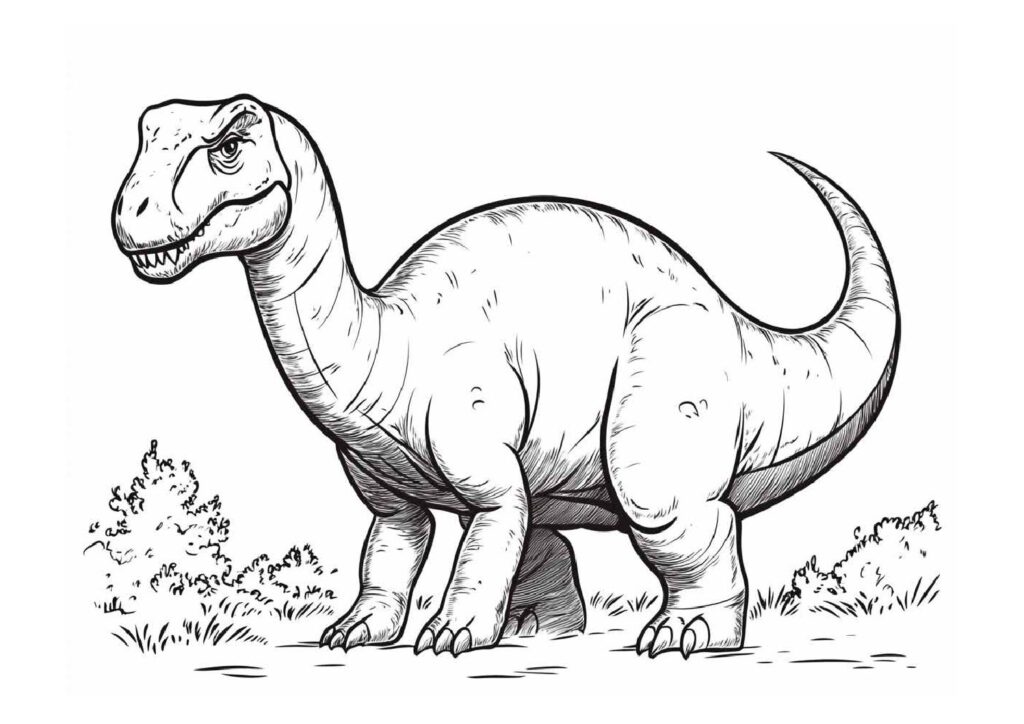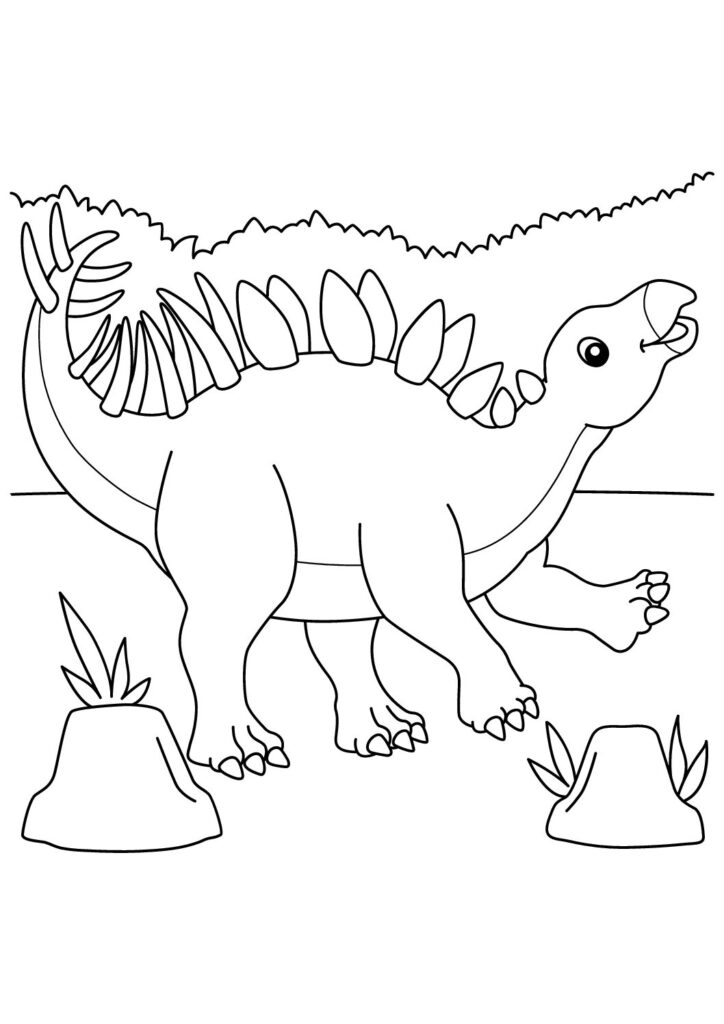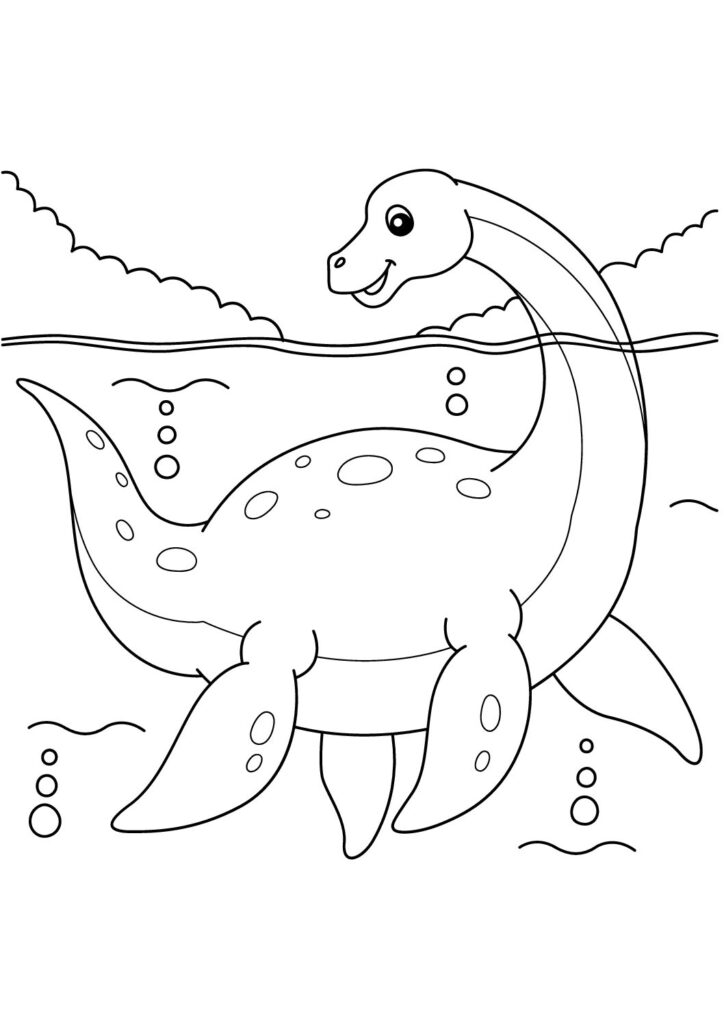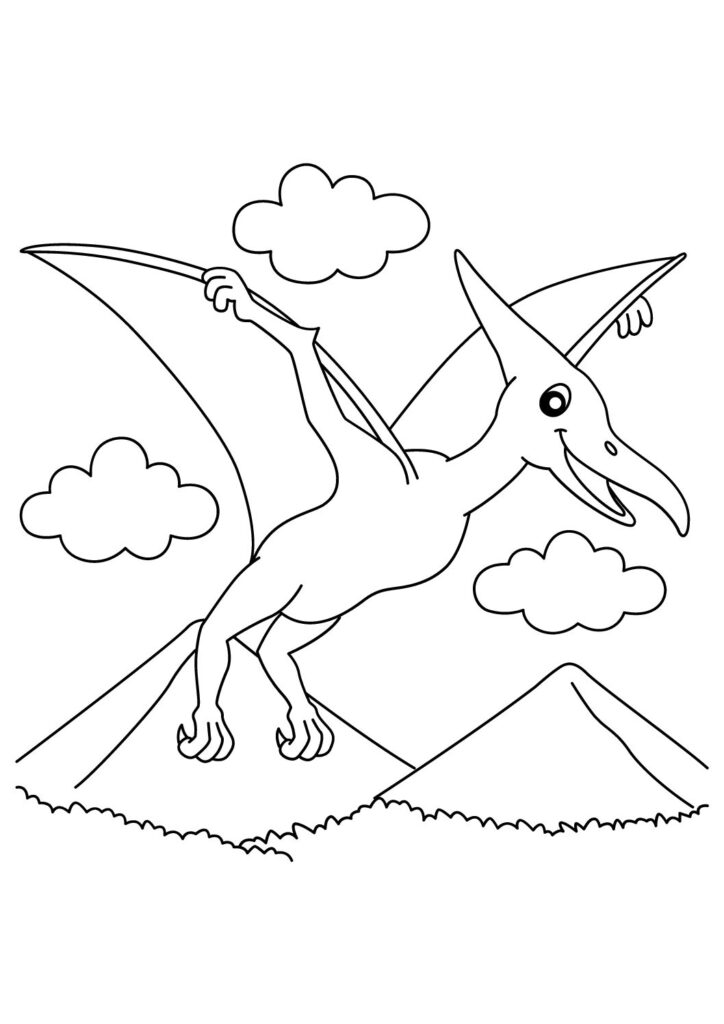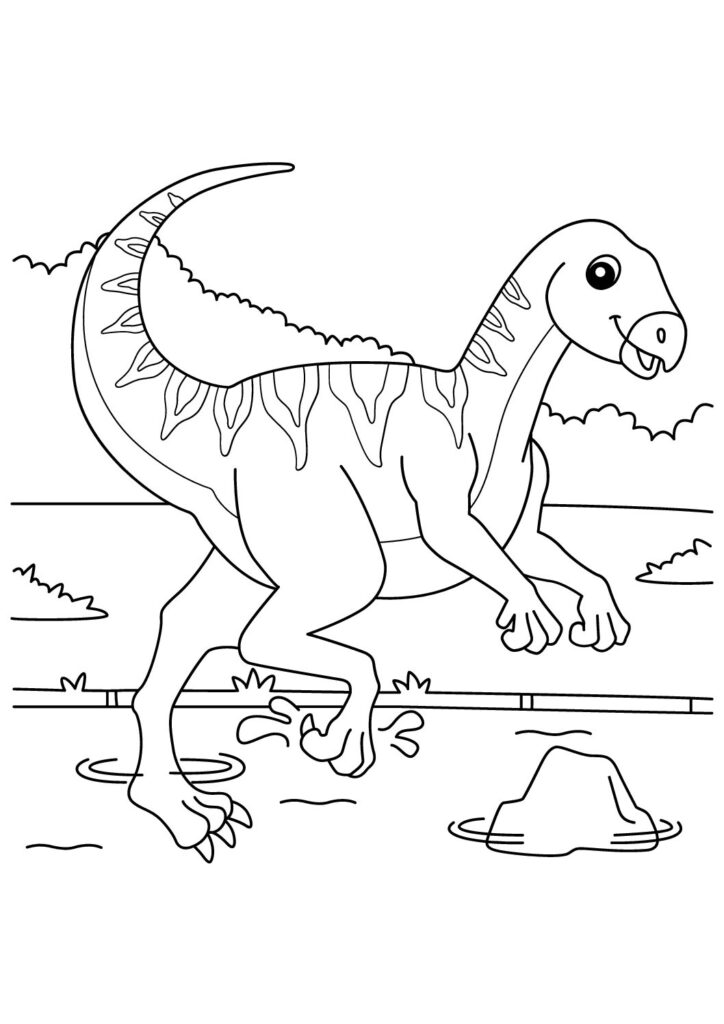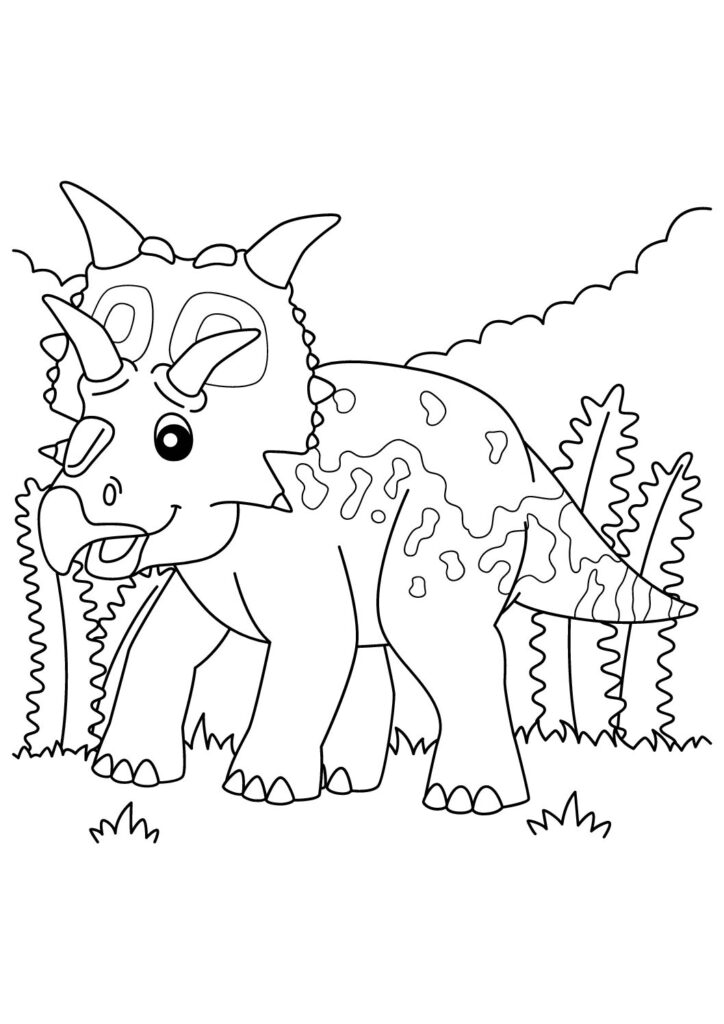1 Free Spinosaurus Coloring Pages for Download (Printable PDF)

Sail into our free printable collection of Spinosaurus coloring pages featuring these massive predators in their striking poses! Download these high-quality sheets showcasing these remarkable theropods with their enormous sail-like spines, crocodile-like snouts, and powerful bodies displaying their incredible adaptations for both land and water. Perfect for kids and dinosaur enthusiasts, these detailed prehistoric coloring pages capture the fierce nature of these semi-aquatic creatures known for being the largest carnivorous dinosaur ever discovered. Each printable sheet brings these amazing Cretaceous giants to life, highlighting their distinctive sail backs, long jaws, and impressive size against prehistoric landscapes!
Incredible Spinosaurus Facts: The Complete Guide to History's Most Remarkable Predator
Introduction
Spinosaurus aegyptiacus stands as one of paleontology’s most extraordinary discoveries, patrolling both land and water in North Africa during the middle Cretaceous period approximately 112-97 million years ago. This remarkable theropod, whose name means “spine lizard,” has undergone multiple dramatic scientific reinterpretations, transforming from a conventional land predator in early reconstructions to what current evidence reveals was Earth’s largest semi-aquatic predator—a dinosaur like no other that rewrote our understanding of dinosaur diversity and adaptation.
Record-Breaking Dimensions
Spinosaurus holds the distinction of being the longest known theropod dinosaur, with length estimates ranging from 45-50 feet—surpassing even Tyrannosaurus rex and Giganotosaurus. Its most iconic feature, the massive neural spines extending from its vertebrae, created a sail-like structure potentially reaching over 6 feet tall that likely served multiple functions including thermoregulation, display, and possibly aquatic adaptations that scientists continue to investigate.
Aquatic Revolution
Recent discoveries since 2014 have completely transformed our understanding of Spinosaurus, revealing it as the first known semi-aquatic dinosaur with adaptations including dense bones for buoyancy control, paddle-like feet, and a crocodile-like snout with pressure-sensitive receptors. Most revolutionary was the 2020 discovery of its unusual tail structure—tall, flexible, and ribbon-like—that laboratory tests confirmed would have provided powerful propulsion through water, definitively establishing it as an active swimmer rather than merely wading.
Scientific Rediscovery
Spinosaurus has experienced perhaps the most dramatic scientific journey of any dinosaur, beginning with German paleontologist Ernst Stromer’s original 1915 discovery that was subsequently destroyed during World War II bombing in 1944. For decades, it remained known only through Stromer’s drawings and photographs until new specimens discovered in Morocco since the 2000s allowed scientists to piece together its true appearance and lifestyle, culminating in radical reconceptions of its anatomy.
Feeding Adaptations
Unlike typical theropods, Spinosaurus evolved specialized features for capturing aquatic prey, particularly fish. Its long, narrow crocodile-like jaws contained conical teeth ideal for grasping slippery prey rather than the serrated blades of land predators, while computerized tomography scans reveal specialized neurovascular canals similar to those in crocodilians, suggesting pressure sensors that could detect prey movement underwater even in murky conditions.
Unique Environment
Spinosaurus inhabited the vast river systems of what is now the Sahara Desert during a time when North Africa featured extensive waterways, coastal mangrove forests, and diverse aquatic ecosystems. This environment, known as the Kem Kem beds, supported one of history’s most predator-rich ecosystems, including multiple massive theropods, enormous crocodilians, and various large fish—yet Spinosaurus’s semi-aquatic adaptations allowed it to exploit resources unavailable to purely terrestrial predators.
Cultural Impact
Despite its relatively recent scientific reconstruction, Spinosaurus has captured tremendous public fascination, featured prominently in the film “Jurassic Park III” (though with an outdated anatomical design) and numerous documentaries. The dramatic story of its destruction during World War II, rediscovery, and subsequent radical reinterpretation represents one of science’s most compelling narratives, demonstrating how new evidence can completely transform our understanding of prehistoric life.







